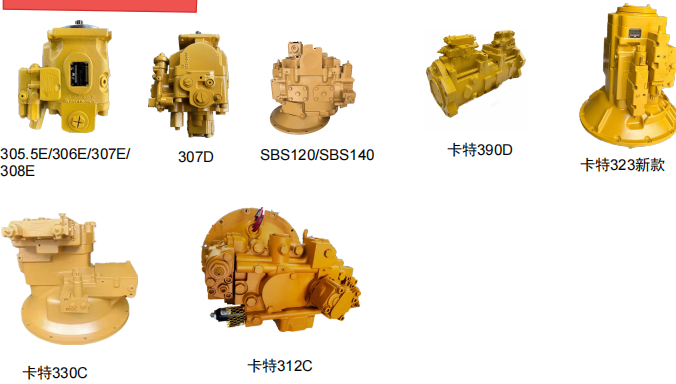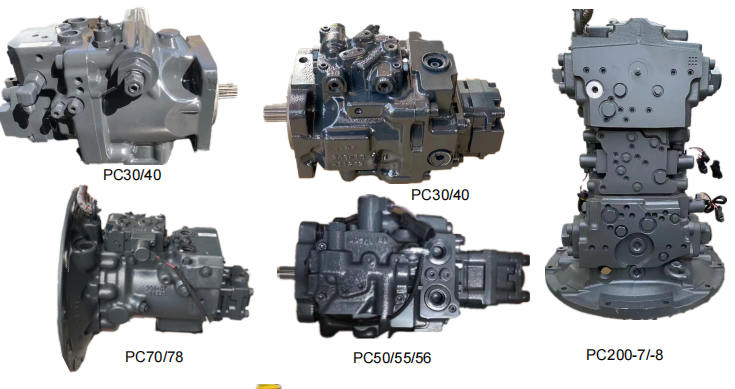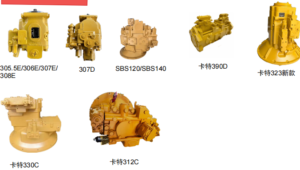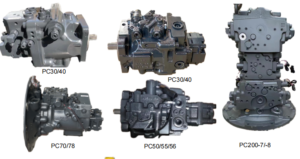Excavator accessories generally include maintenance parts, wearing parts, and maintenance parts. Here is the working principle of the excavator engine:
Intake stroke:
The working medium entering the cylinder is pure air. Due to the small resistance of the diesel engine intake system, the intake end pressure pa=(0.85~0.95)p0 is higher than that of the gasoline engine. The end point temperature of intake air is Ta=300~340K, which is lower than that of gasoline engine.
Compression stroke:
Since the compressed working medium is pure air, the compression ratio of diesel engine is higher than that of gasoline engine (generally ε=16~22). The pressure at the end of compression is 3000-5000kPa, and the temperature at the end of compression is 750-1000K, which greatly exceeds the autoignition temperature of diesel (about 520K).
Power stroke:
When the compression stroke is close to the end, under the action of the high-pressure oil pump, the diesel oil is injected into the combustion chamber of the cylinder at a high pressure of about 10MPa through the injector, and it is immediately self-ignited and burned after being mixed with the air in a very short time. The pressure of the gas in the cylinder rises rapidly, reaching as high as 5000-9000kPa, and the higher temperature reaches 1800-2000K. Diesel engines are called compression ignition engines because they ignite and burn by themselves.
Exhaust Stroke:
The exhaust of a diesel engine is basically the same as that of a gasoline engine, except that the exhaust temperature is lower than that of a gasoline engine. Generally Tr=700~900K. For a single-cylinder engine, its rotational speed is uneven, the engine work is not stable, and the vibration is large. This is because only one of the four strokes does work, and the other three strokes are strokes that consume power to prepare for work. To solve this problem, the flywheel must have a large enough moment of inertia, which in turn leads to an increase in the overall engine mass and size. The use of a multi-cylinder engine can make up for the above shortcomings. Modern cars mostly use four-, six- and eight-cylinder engines.




